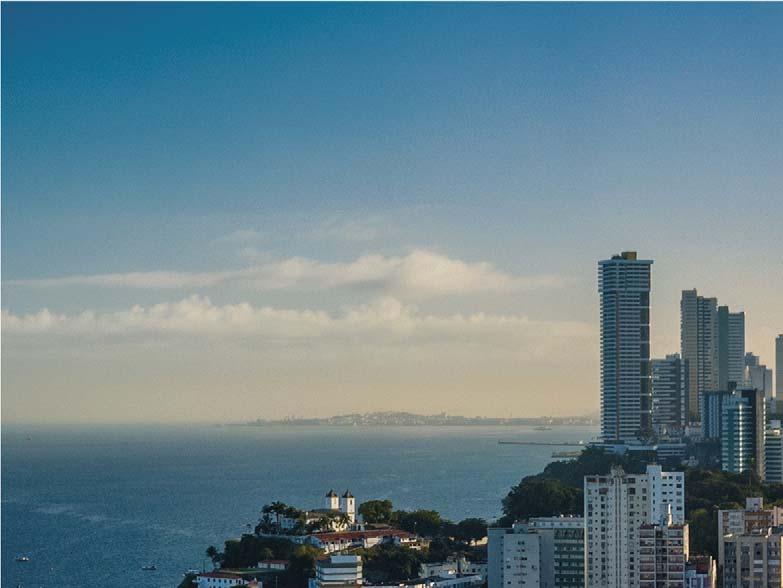
13 minute read
A Growing Market
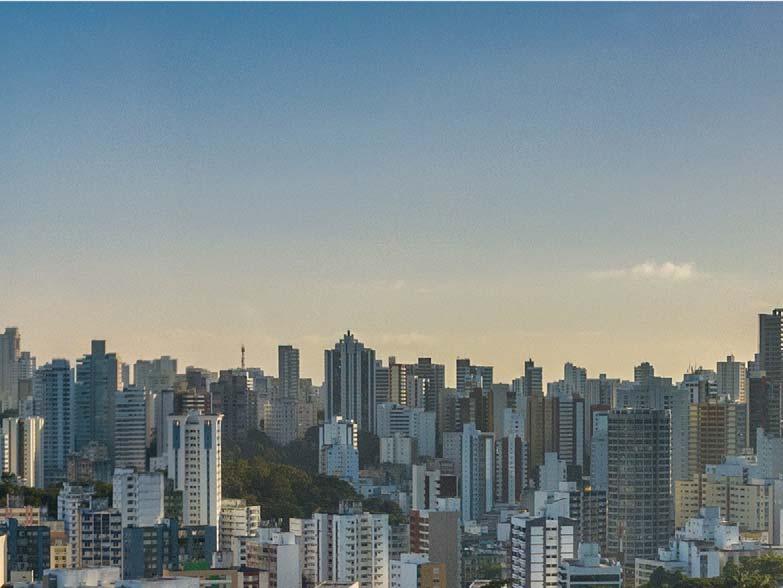
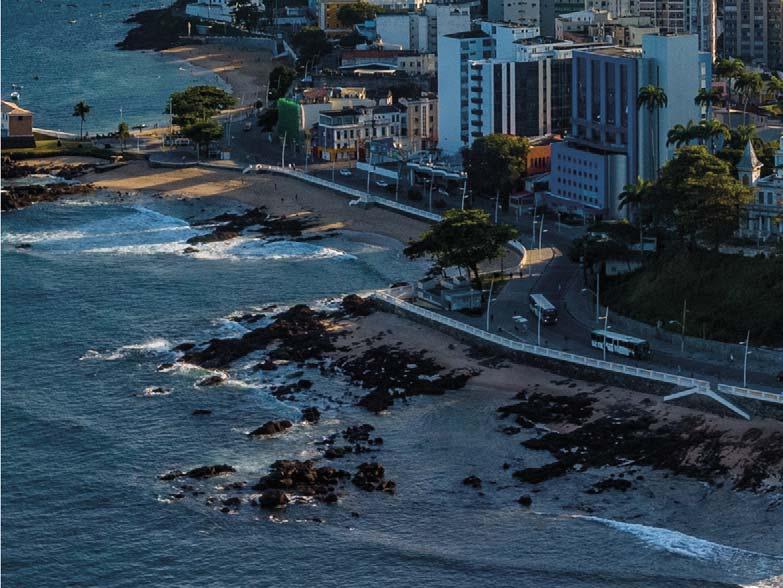



AGROWING MARKET

Latin America, covering the disparate, Spanish-speaking countries of South and Central America, is a region with a well-developed agricultural sector. Food production makes up almost 5% of its gross domestic product (GDP), and crops cover almost 200 million ha. of the continent’s land (with pasture covering another 570 million ha.). The region is a major producer of cereals, coffee, fruit, vegetables and meat. Not only does it create enough food to feed its own population, but it exports impressive amounts of commodities: Mexico is the winter bread basket for the US;
Brazil produces millions of tonnes of corn, sugar cane and soybeans, and Argentinian beef is eaten all over the world. In 2017, Latin America’s agricultural trade surplus stood at US$104 billion.
Most importantly, Latin America represents tremendous opportunities for the fertilizer sector. Most of the farms within Latin America currently operate well below optimum application levels. However, as the region’s current population of 650 million people is expected to grow to an estimated 1 billion by 2050, fertilizer will play an increasingly important role in not only feeding its citizens, but also meeting the nutritional needs of export countries in Asia, Africa and North America.

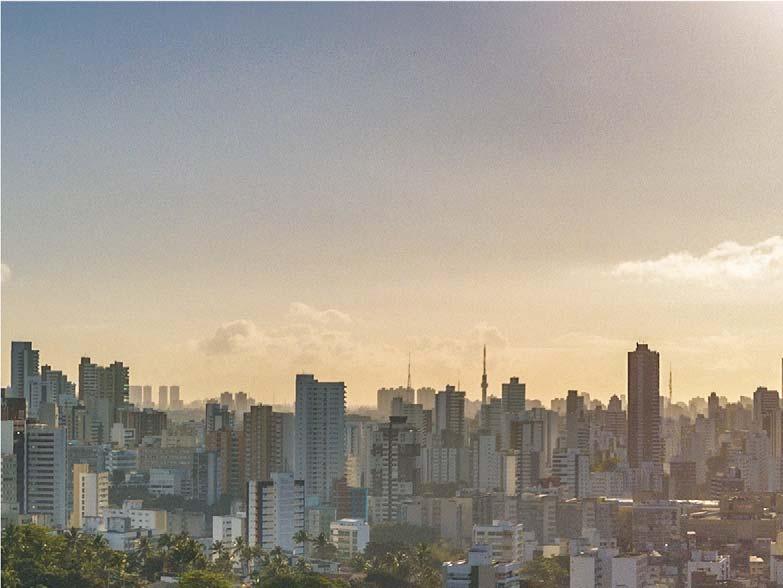


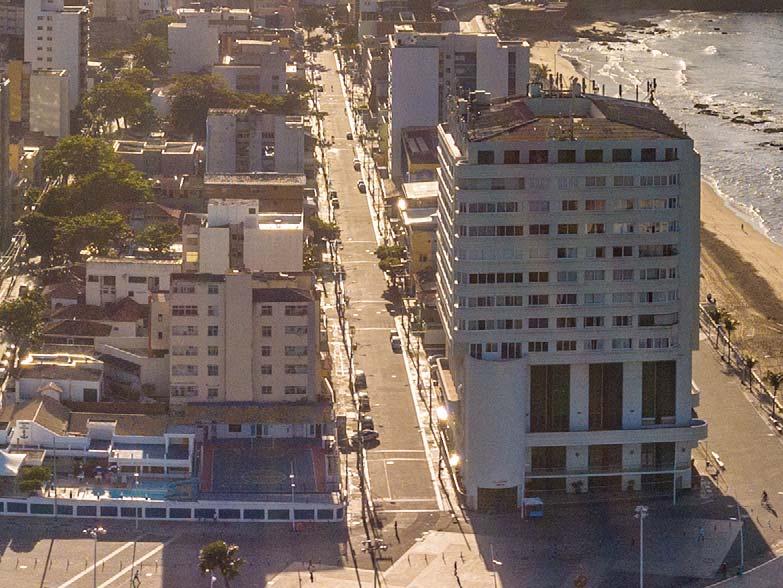

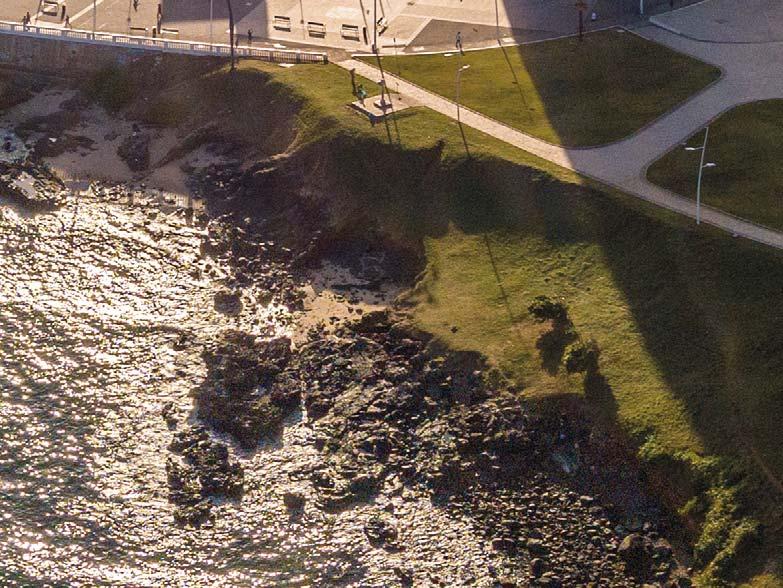

Gordon Cope, Contributing Editor,
demonstrates the opportunities and challenges the Latin American fertilizer industry is currently facing.


The three largest agricultural sectors in Latin America are to be found in Brazil, Mexico and Argentina. Yet when it comes to nitrogen fertilizer, Brazil consumes less than 5 million tpy, Mexico approximately 1.5 million tpy, and Argentina trails at 1 million tpy.
The modest consumption is due to a number of factors. In Argentina, the common practice of renting land on a one-year basis inhibits investments in soil improvements. While large farms growing export products such as coffee and sugarcane are well fertilized, the majority of Latin America’s farms are small-holdings in which their owners have a lack of access to capital, technical support and markets. The region is also signifi cantly underserved by domestic fertilizer production, which raises costs signifi cantly.
Boosting domestic production faces several hurdles. Brazil’s state-owned Petrobras has been the country’s largest nitrogen producer over the last decade. It operated the Fafen-SE (657 000 tpy of urea and 456 000 tpy of ammonia), Fafen-BA (474 000 tpy of urea and 474 000 tpy of ammonia), and Tres Lagoas plants (1.2 million tpy of urea). The oil company has almost US$90 billion in liabilities, however, and in 2016 made the decision to exit the fertilizer sector. In late 2019, it leased the Fafen-BA and Fafen-SE plants to Proquigel Quimica for 10 years, and has sought buyers for the idled Tres Lagoas plant. Construction of a partially fi nished UFN-III unit at Tres Lagoas, capable of producing 800 000 tpy of ammonia and 1.3 million tpy of urea, has also been idled until a new owner can be found.
Mexico has abundant supplies of inexpensive natural gas from its own reserves as well as the immense shale basins of Texas, US, to serve as both feedstock and energy source for nitrogen production. For the last several decades, Pemex, Mexico’s former petroleum monopoly, has been the dominant fertilizer manufacturer, but lack of maintenance and technical diffi culties have kept its 1 million tpy urea capacity limping along at 25% output.
Proman Group, based in Switzerland, began building a world-class greenfi eld ammonia plant on the west coast of Mexico in 2018. The US$5 billion Topolobampo facility is designed to produce 800 000 tpy of ammonia and 700 000 tpy of urea for the domestic market. Environmental opposition to the plant (which is located adjacent to coastal lagoons that have been classifi ed as a World Heritage Site), managed to suspend the project in 2019 when a federal judge ordered construction to cease. President Andres Manuel Lopez Obrador has proposed a referendum so that local citizens can determine its fate. “The people should be the ones who decide, we can’t impose anything,” he said. Proponents of the plant are not heartened by the advice; several referendums that have been held since Obrador’s inauguration in 2018 have resulted in major projects (such as Mexico City’s new international airport) being cancelled.
However, not all is doom and gloom; partners Repsol YPF and Canada-based Nutrien expanded Argentina’s Profertil fertilizer plant, located in the port of Bahia Blanca (600 km southwest of Buenos Aires), so that it now produces 770 000 tpy of ammonia and 1.27 million tpy of urea. In late 2020, YPF announced that it would supply 185 GWh of wind power annually to the plant, covering 60% of consumption. The move will offset around 100 000 tpy of carbon dioxide emissions.
In Chile, energy giant Engie and explosives producer Enaex have announced a joint venture to produce green hydrogen for use in both explosives and fertilizer. The HyEx project, located in the Antofagasta region, will use a 2000 MW solar farm to power a 124 000 tpy hydrogen plant. The hydrogen, in turn, will then be used to produce 700 000 tpy of green ammonia, half of which will be used for fertilizer production.
Potash
Potash fertilizer usage varies widely between countries in Latin America. Brazil annually consumes 5.8 million t, Mexico uses 262 000 t, and Argentina a mere 49 000 t. Reasons for limited usage vary, but a major factor is a lack of regional production; most is imported from Europe and North America by major manufacturers that have set up blending and distribution networks throughout the continent.
Mosaic operates Brazil’s sole potash mine, the Taquari-Vassouras mine in the northeast, which produces 500 000 tpy.
Brazil Potash owns the Autazes prospect in Brazil’s Amazon basin. It holds an estimated 87 million t of reserves, enough to run a proposed 2.4 million tpy mine for several decades. Since late 2020, the Canada-based company has been laying groundwork to raise enough capital to proceed, as well as consulting with indigenous groups in the mine region. Brazil Potash estimates that the mine could enter production by mid-2025, with initial output suffi cient to meet almost a quarter of Brazil’s needs.
In Argentina, Vale had been pursuing the development of the Potasio Rio Colorado deposit, located in the province of Mendoza, for over a decade. The deposit, located at a depth of 1000 m, is estimated to hold almost 2 billion t of potassium chloride. Vale had designed a 2.4 million tpy solution extraction method, but opponents objected to the large water usage and sodium chloride waste tailings. Vale subsequently put the asset up for sale, and the government of Mendoza has been seeking other mining companies to take over the project.
Phosphate
Brazil consumes approximately 6.5 million tpy of phosphate fertilizer, with Argentina using 750 000 tpy, and Mexico 380 000 tpy.
Mexico has approximately 2 billion t of phosphate bearing rock, primarily in sediments in Baja California, and produces almost 2 million tpy. Odyssey Marine Exploration is seeking a permit to mine a massive phosphate deposit off the shores of Baja California. According to the Florida-based company, a sea fl oor region located 40 km west of the coast contains up to 588 million t of phosphate nodules, which could be mined using conventional undersea dredging. Mexico’s environment ministry has rejected the permit application twice, citing risks to whales, dolphins and sea turtles. The company has fi led a US$3.5 billion damages case under the North American Free Trade Agreement (NAFTA), but continues to seek a diplomatic solution with the
Daily Fertilizer Price Assessments
Nitrogen Ammonia Phosphates Sulphur
•Prilled: - China fob •Granular: - Egypt fob - Brazil cfr - Nola (US Gulf) fob $/st
Read more » •East Asia cfr
(excluding Taiwan) •Middle East fob •DAP fob China •DAP cfr India •MAP cfr Brazil •DAP barges fob Nola •MAP barges fob Nola •China cfr granular $/t •China domestic (ex works) Yn/t
Read more » Read more » Read more »
Work smarter with groundbreaking daily fertilizer price assessments from Argus
Argus daily price assessments provide you with unique benefits, including
Sharp price action captured earlier with daily assessment
Greater certainty

Increased price frequency gives you immediate clarity for volatile markets.
Lower risk

Additional data points ensure your business calculations are more robust.
Smarter outcomes
Daily data powers the most sophisticated data analysis and algorithmic trading tools.
Increased confidence
Access editorial staff in key global fertilizer hubs: Widest geographical reach and rigorous methodological adherence.
Copyright © 2021 Argus Media Ltd
Over the highlighted 4 week period (7 Jan to 4 Feb 2021) the price of DAP fob China grew from $397.50/t to $492.50/t, an increase of 24%. The blue line on the graph, marked by the 5 weekly prices over this period (orange) clearly highlights this price growth. However, the 21 daily prices over this same period (grey line) provide greater detail on how this price growth was achieved.
For more information please contact us: fertilizer-m@argusmedia.com www.argusmedia.com/fertilizer
Market Reporting Consulting Events
Mexican government. In addition to phosphates, the nodules also contain cobalt, nickel, copper and rare earth elements.
Mosaic operates fi ve open-pit phosphate mines in Brazil with a capacity of 4.8 million tpy. In early 2019, the company had to suspend operations for one month at its Tapira and Catalao mines after a catastrophic failure at Vale’s Brumadinho mine tailings dam that killed hundreds. By late 2019, Mosaic was able to resume operations at both mines after meeting new regulations governing tailing pond dam stability. Mosaic’s Brazil production for that year totalled 2.9 million t.
Peru contains over 400 million t of phosphate reserves. Several mines are active in the Sechura basin in northern Peru, including Mosaic’s Miski Mayo mine. The open-pit mine uses excavators to extract 4 million tpy. The concentrated ore is then shipped to North America for blending.
Problems
Deforestation is a major issue. According to the United Nations Food and Agriculture Organization (FAO), South America lost 26 million ha. of forest in the decade between 2010 and 2020, (which is a signifi cant improvement over the prior decade, when the continent lost over 50 million ha.). Over half of this loss during the last two decades has occurred in Brazil, however; the problem is especially acute in the Amazon basin, where trees provide a major global carbon sink. In 2020, 11 000 km2 of Brazil’s Amazon was deforested, the highest level in a decade. In addition, over 100 000 forest fi res raged throughout the Amazon in 2020, an all-time record. Most of the fi res were attributed to farmers clearing land for livestock and crops.
The administration of President Jair Bolsonaro has been blamed for lax oversight of the issue. In early 2021, President Emmanuel Macron of France said it was better for Europe to grow its own soy rather than importing Brazilian crops: “To continue to depend on Brazilian soy would be to condone deforestation of the Amazon.”
While only 3% of Brazil’s soy production is grown in the Amazon, other regions are also suffering massive deforestation in order to grow the crop. In late 2020, international companies (including Tesco, McDonald’s, Unilever and Lidl), called on soya bean traders to divest from the commodity linked to deforestation in Brazil’s Cerrado region, which is home to the majority of that country’s soy bean production. Unlike the Amazon, where farmers must leave 80% of the forest intact, Brazilian law allows as little as 20% of the land to remain forested. As a result, huge tracts of carbon-absorbing forests have been cut down. Soy from the region enters large parts of the food chain when fed to livestock and fi sh. In addition to a call to boycott Brazilian soya, several companies are also setting aside funds to pay Brazilian farmers not to cut down their trees.
Many Latin American countries are plagued by high infl ation rates; Venezuela’s hovers around 10 000% annually. While Argentina has a much lower annual rate of 50%, it still signifi cantly reduces the value of wages. In December 2020, workers at inland ports on the Parana River, which runs through Argentina’s grain heartland, went on strike. The federal government eventually stepped in to arbitrate a 35% wage increase and bonuses in 2021, but not before an estimated 2.5 million t of corn, wheat and soybeans were held up. While the backlog will eventually be cleared, the strike caused an estimated delayed shipping (demurrage) cost of almost US$2 billion.
The quality and quantity of ports, rail and road networks varies widely throughout Latin America, as does the impetus to improve them. Peru exports an estimated US$8 billion in agriculture products annually, including potatoes, coffee, asparagus and Alpaca wool. In an effort to improve export infrastructure, the federal government has encouraged port authorities to seek long-term operating concessions with the private sector. In 2018, a subsidiary of Grupo Romero signed a 30-year agreement for the port of Salaverry that includes a US$229 million infrastructure expansion and dredging. The port currently handles approximately 2 million tpy, but the volume is expected to rise to 5 million tpy over the course of the agreement.
Future
The future of agriculture in Latin America remains bright. Brazil’s success is a combination of sound fi scal and regulatory policy as well as decades of R&D into fi nding the best available use for its land. Brazil’s EMBRAPA is the largest agricultural research institution in Latin America, with over US$2.5 billion in expenditures. Over the last several decades, it has helped introduce new livestock breeds and plants, and promoted modern fertilizer application. The intensity of nitrogen, phosphate and potassium (NPK) usage has risen from 126 kg/ha. in 2006 to over 186 kg/ha. in 2017 (well above the world average of 140 kg/ha.).
Other countries are taking note, and expanding state R&D in their respective agricultural sectors. INTA, Argentina’s federal agricultural research institution, has partnered with the private sector to conduct soybean seed breeding, weed control and fertilization to increase output in the vast Pampa grass region. Over the last two decades, production has increased by 300%, and now stands at 45 million tpy.
While new domestic supplies of nitrogen, potash and phosphate fertilizers are being proposed and developed, the vast majority of future needs will still be met by imports from North America, the EU and the former Soviet Union (FSU). Nutrien, for instance, is taking ambitious steps to increase its footprint in South America. While it supplies an estimated 25% of muriate of potash (MOP) imports to Brazil, it held less than 1% of the distribution market. In early 2020, it purchased Brazilian agricultural retailer Agrosema, with the eventual target of controlling 30% of the distribution market. To that end, it has set aside CAN$1 billion over the next fi ve years to coordinate the import and sale of nitrogen, potash and phosphate fertilizers into the country.
In conclusion, GDP in Latin America is expected to grow at 2% for the next decade, and demand from India and China is also expected to increase exports of rice, beef and other foodstuffs. Overall growth in Latin America’s agricultural sector is therefore projected to maintain its current healthy level of 2.7% per year, making it a promising market for international fertilizer producers for the foreseeable future.

